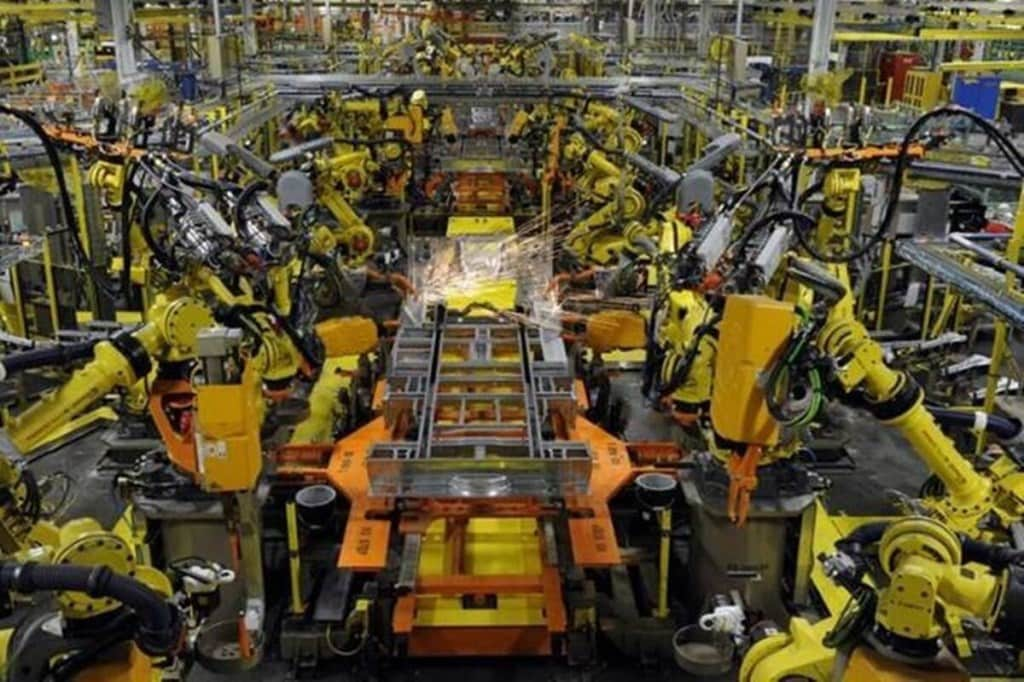The country’s manufacturing sector’s revival will largely depend upon the government’s effort to enhance common people’s severely-dented purchasing power in the next set of stimuli currently under evaluation, according to Ashwini Deshpande, director, Centre for Economic Data and Analysis (CEDA) .
She said that time was appropriate to launch an employment guarantee/ income support programme for the urban poor.
In the financial year 2020-21, India’s gross domestic product (GDP) would contract by 8%, the sharpest drop in recorded history, as per the second advance estimate released by the National Statistics Office in late February, even as it stated that even these numbers were likely to undergo sharp (downward) revision in due course.
While a nascent recovery of the manufacturing sector was there to be seen in Q3 (1.6% growth y-o-y as against minus 1.5% growth in the previous quarter), the savage second Covid wave must have spoiled it in Q1FY22, if not in Q4FY21 itself.
According to an analysis by the CEDA based on the CMIE monthly time-series of employment by industry, manufacturing employment in 2020-21 was nearly half of what it was five years ago. To be precise, employment in the sector declined from 51 million in 2016-17 to 27.3 million in 2020-21. Manufacturing sector’s contribution in the economy was 16.7% in 2016-17 and this slipped to 15.5% in 2020-21.
“When people’s purchasing power has taken such a big hit due to the loss of lives and livelihoods, it is unrealistic to expect manufacturers, especially small ones, to expand production based on fresh borrowing. Unless the government support/stimulus package directly boosts demand, chances of revival are bleak,” said Deshpande.
As part of the stimulus package last year, the government rolled out a `3 lakh crore guaranteed loan scheme (ECLGS) to ease the liquidity woes of the cash-starved MSME sector. The revival of the sector, particularly the small and medium enterprises, depends critically on the revival of consumer demand, which in turn depends on employment. The government must announce payroll support to all SMEs that have remained shut for long periods, she said.
The loss of jobs by the manufacturing and other sectors have put pressure on the agriculture sector, where employment number stood at 151.8 million in FY21 compared with 145.6 million in 2016-17 and the rural employment guarantee scheme, MG-NREGS.
Deshpande said, “MGNREGS is one way to provide employment at minimum wage for those who can do manual labour. This has to continue as it provides a cushion. However, the increase in unemployment is across the board.”


